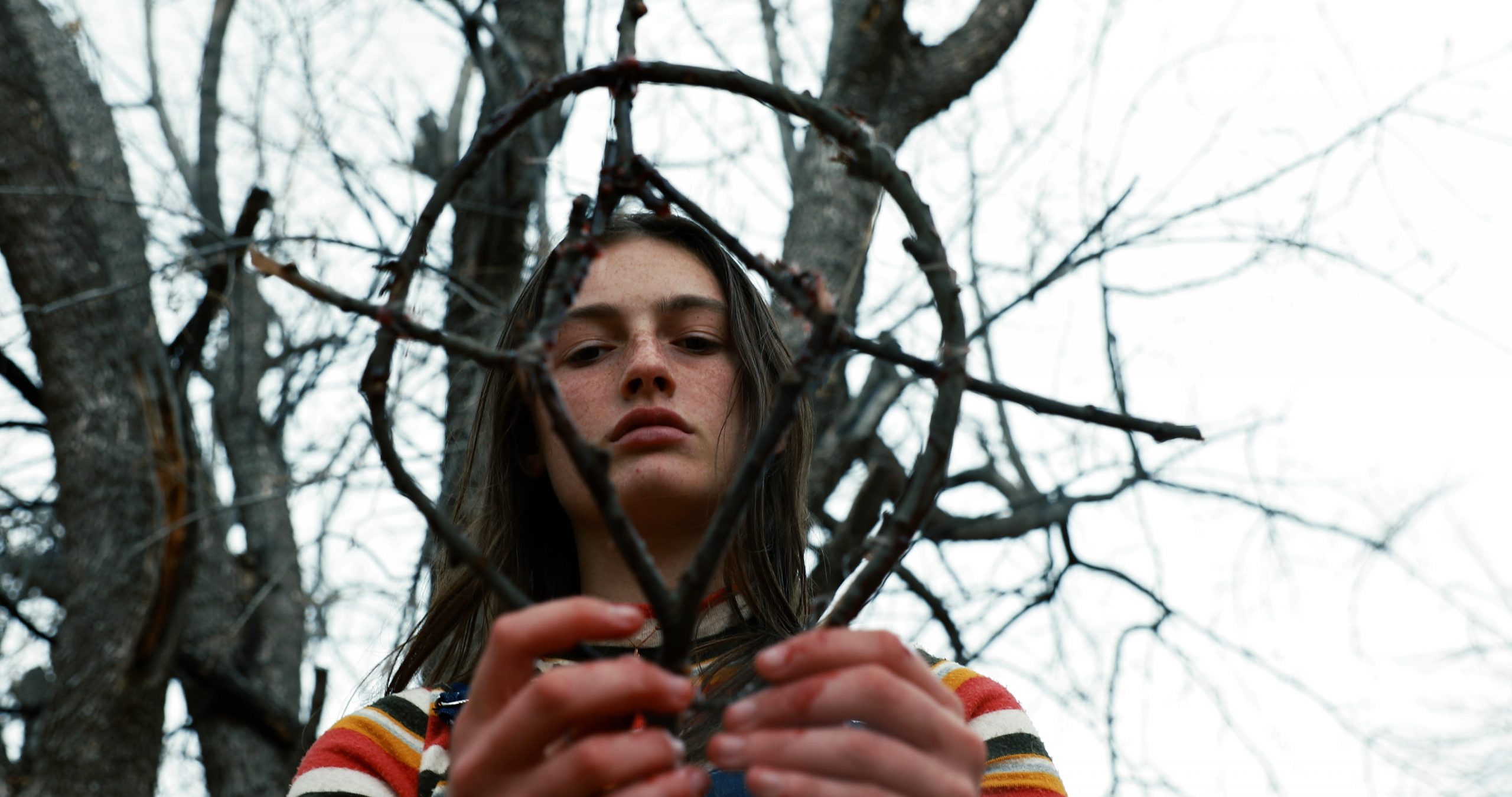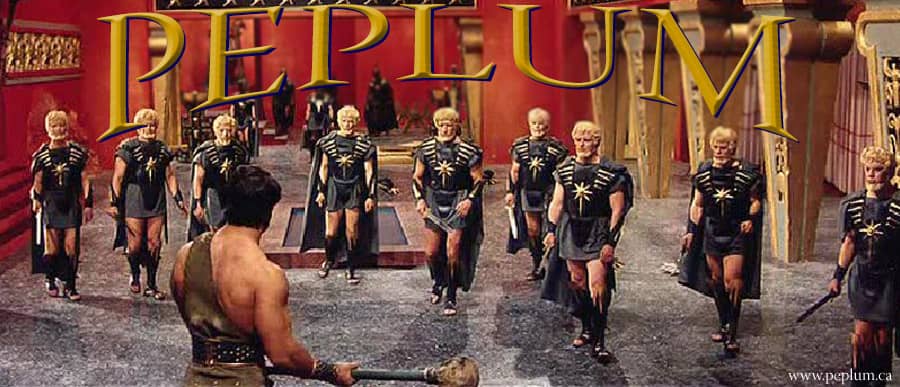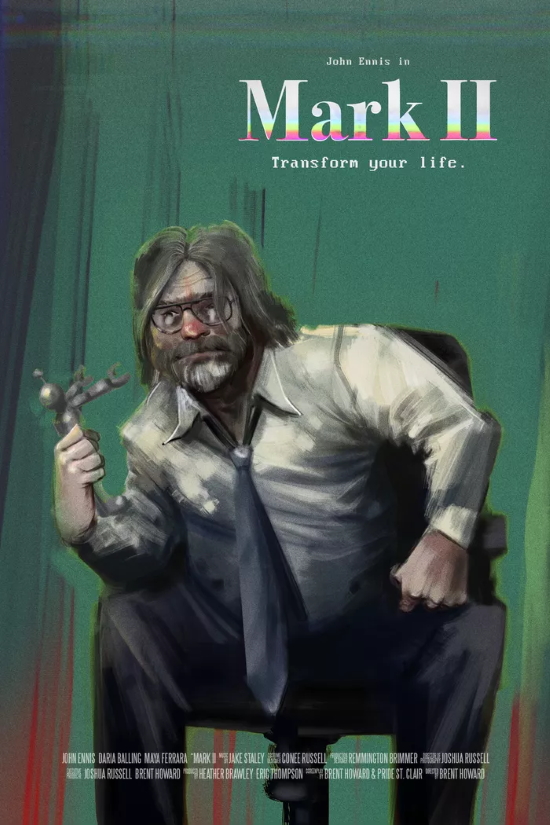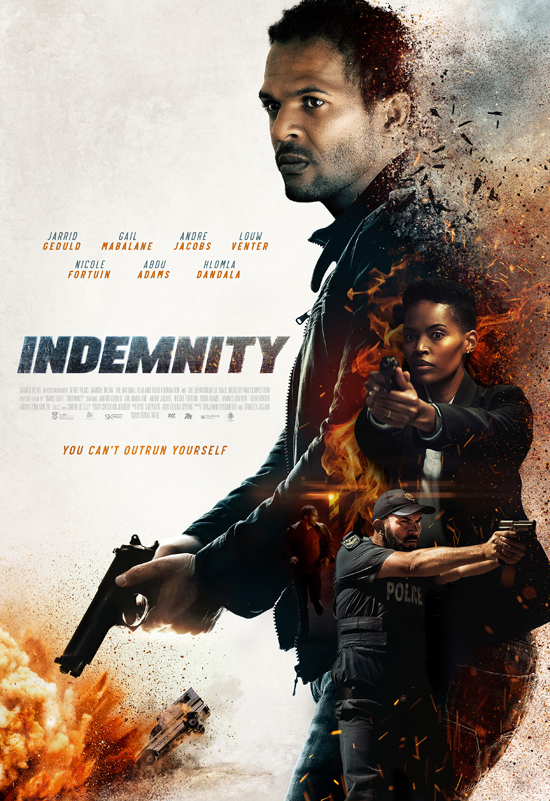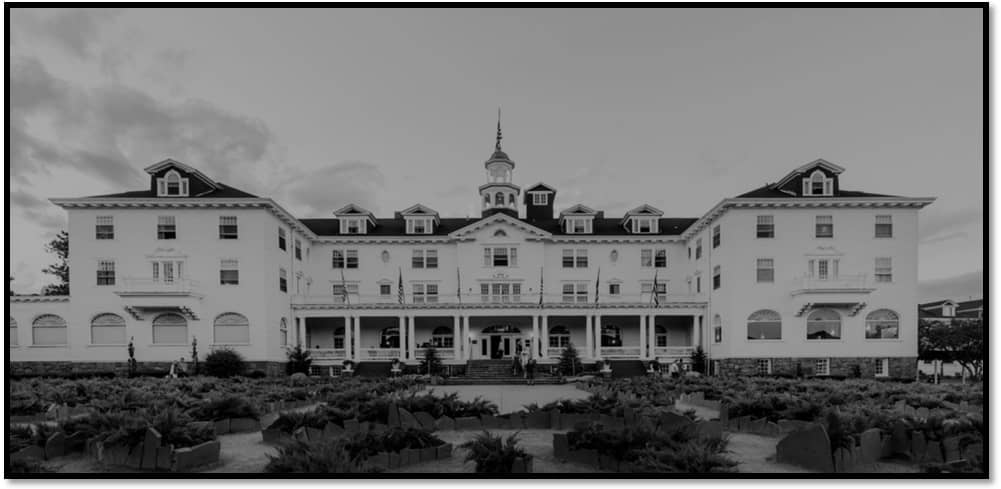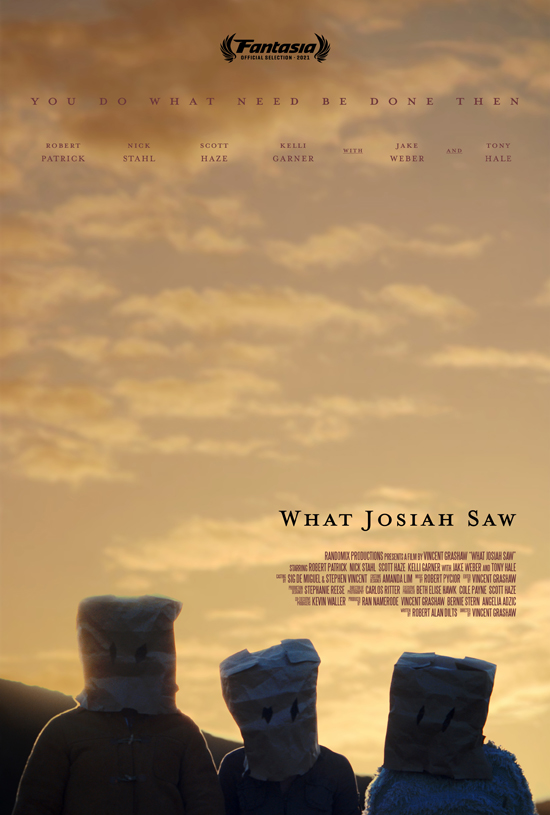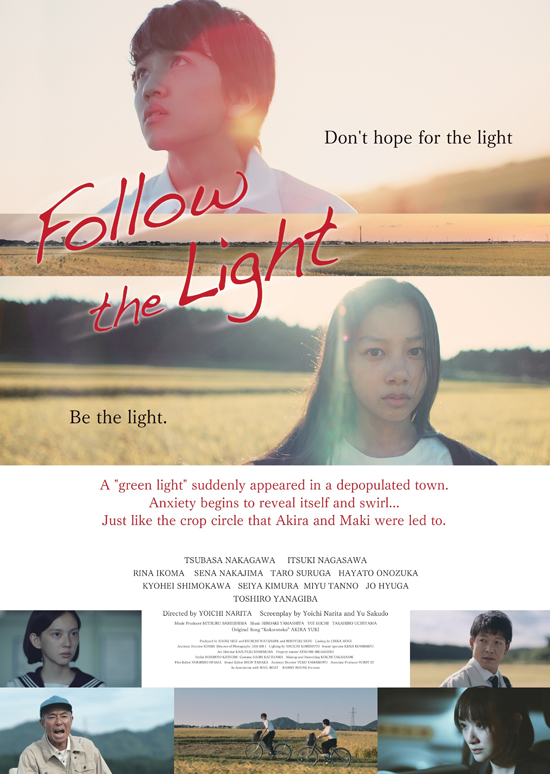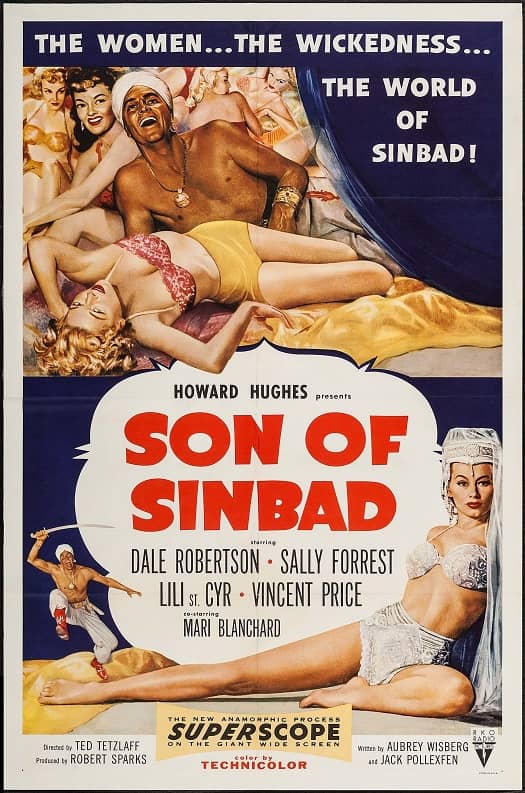Fantasia 2021, Part XXXII: The Spine Of Night
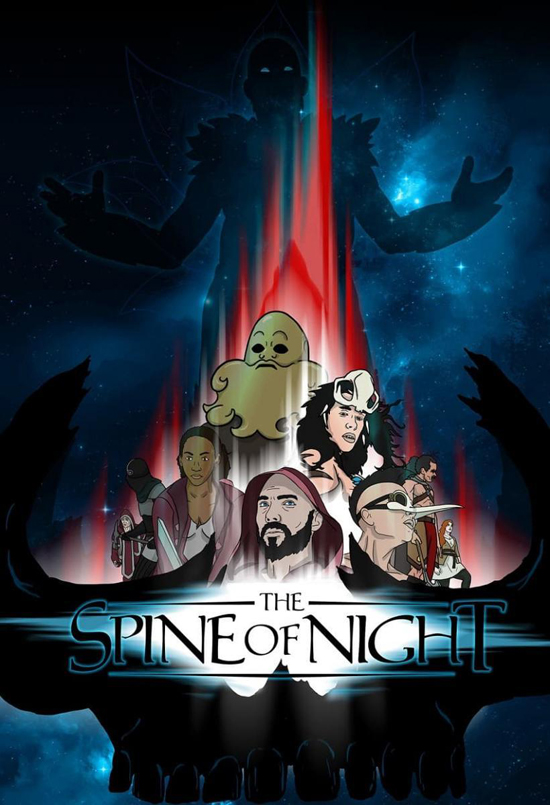 “Death and the Winemaker” (“Le Vigneron et la Mort”) is a 19-minute French-language animated film from Switzerland written and directed by Victor Jaquier. It’s a folkloric tale about a winemaker (voiced by Kacey Mottet Klein) in a Renaissancelike land who tries to win the heart of a noble young lady (Marie-Claire Dubois) by crafting the best wine in the world. But things take a turn when Death (Virginie Meisterhans) is drawn to the perfection of the winemaker’s creation. The story’s a nice rich tale of unwanted consequences, but what makes it work are the 2D visuals. The film recalls classic Disney movies in its designs, but is darker and naratively much richer. The castle in which the beautiful maiden dwells with her tyrannical father is detailed and charming, the winemaker’s town is intricate and gothic, the characters are cartoony and evocative. It’s good work for all ages.
“Death and the Winemaker” (“Le Vigneron et la Mort”) is a 19-minute French-language animated film from Switzerland written and directed by Victor Jaquier. It’s a folkloric tale about a winemaker (voiced by Kacey Mottet Klein) in a Renaissancelike land who tries to win the heart of a noble young lady (Marie-Claire Dubois) by crafting the best wine in the world. But things take a turn when Death (Virginie Meisterhans) is drawn to the perfection of the winemaker’s creation. The story’s a nice rich tale of unwanted consequences, but what makes it work are the 2D visuals. The film recalls classic Disney movies in its designs, but is darker and naratively much richer. The castle in which the beautiful maiden dwells with her tyrannical father is detailed and charming, the winemaker’s town is intricate and gothic, the characters are cartoony and evocative. It’s good work for all ages.
The feature film it was bundled with was the movie I’d been most eagerly looking forward to at Fantasia, and it did not disappoint. The Spine of Night, written and directed by the team of Morgan Galen King and Philip Gelatt, is billed as a feature-length animated sword-and-sorcery film for adults in the vein of the Heavy Metal movie. And it very much is that. It’s more serious than Heavy Metal in many ways, but the violence and cosmic scope is if anything even greater.
